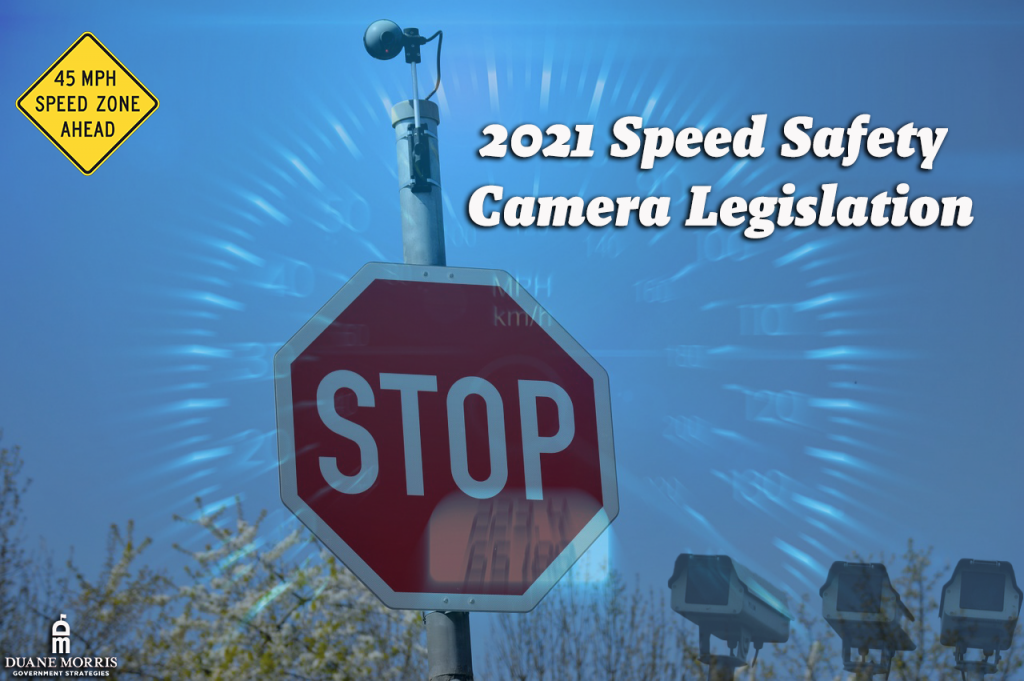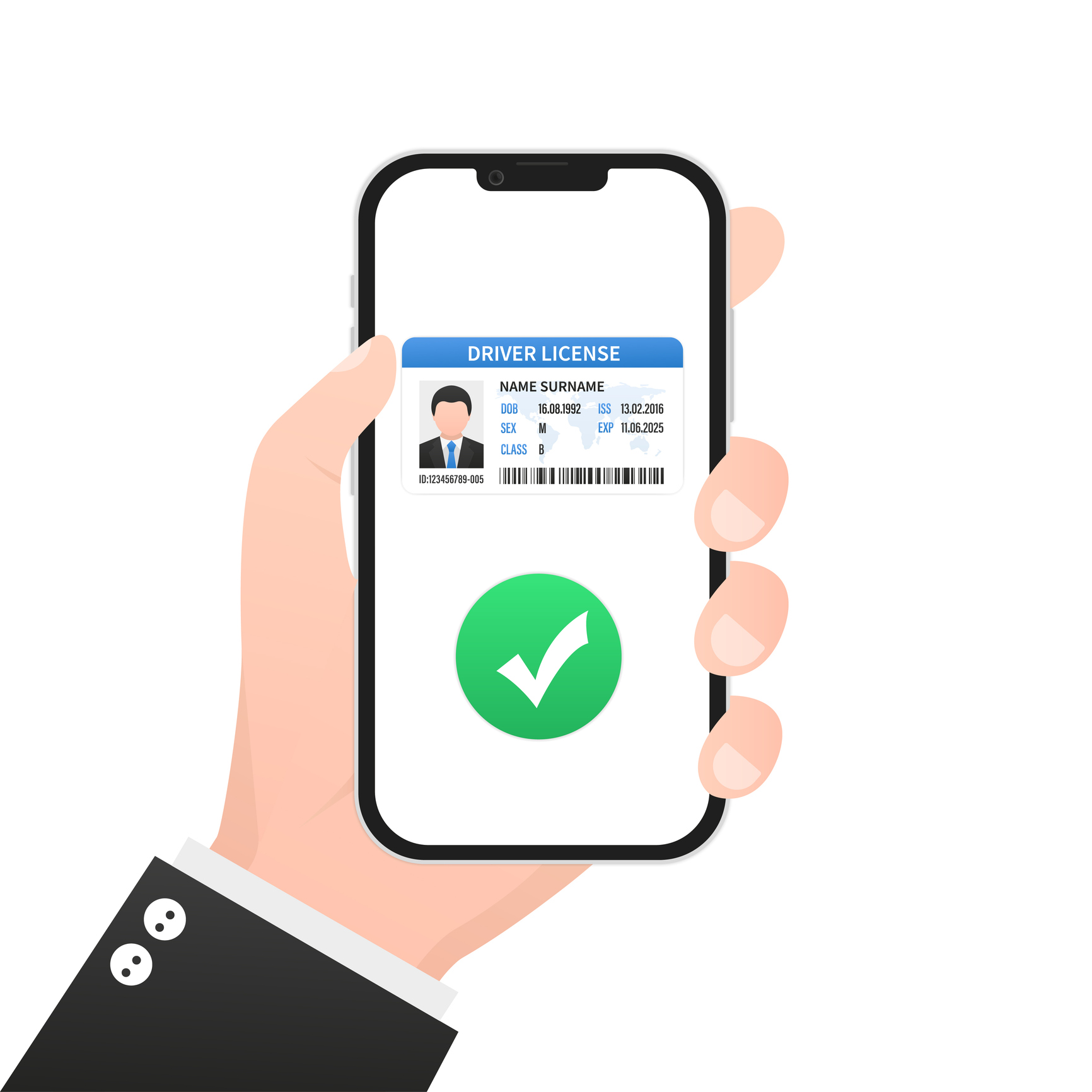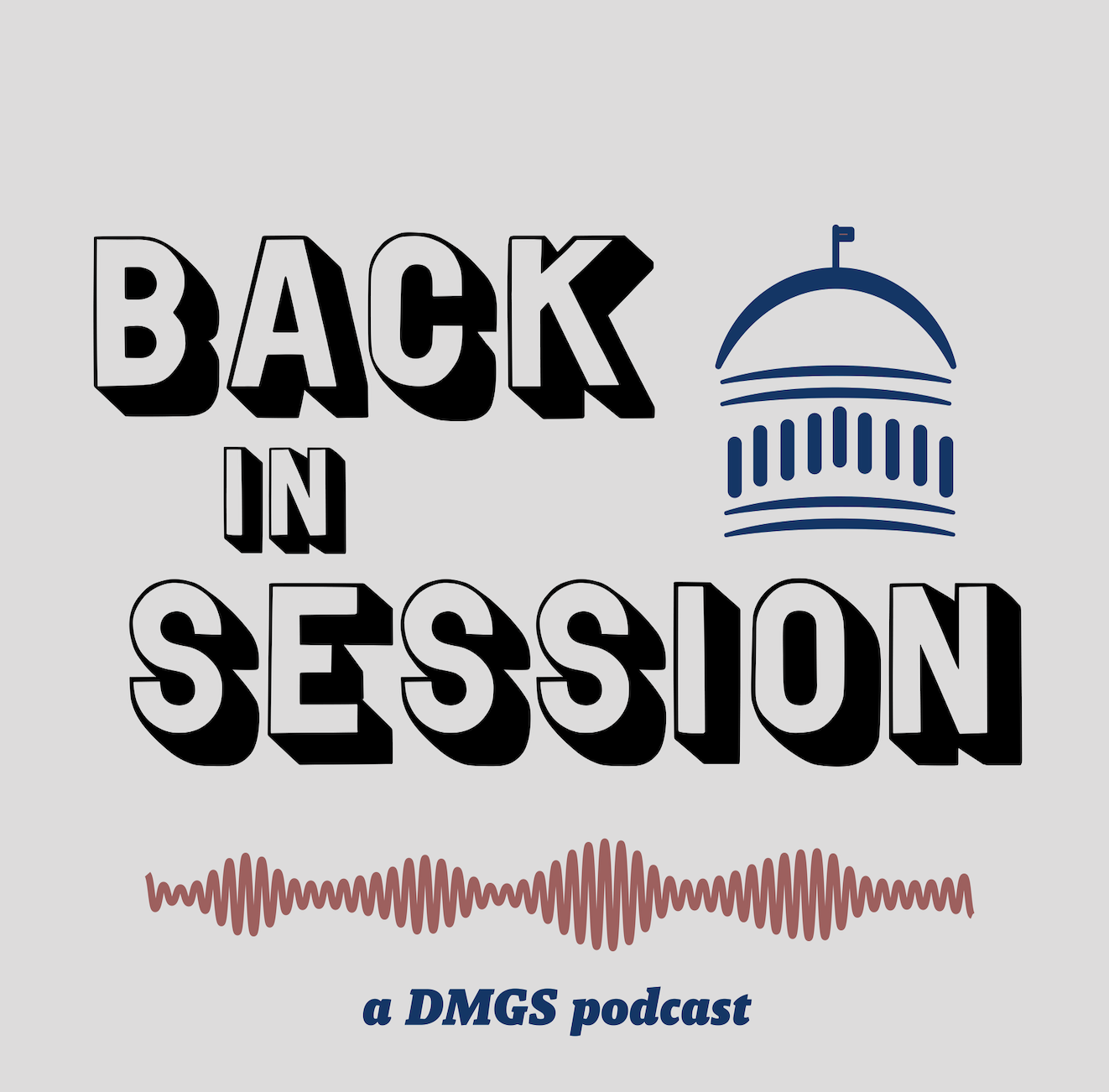
According to the NHTSA, speeding killed 9,378 people in the United States in 2018. Speeding was a contributing factor in 26% of all traffic fatalities in the same year. States and municipalities have increasingly looked at automated speed-camera enforcement to help address these issues in recent years. However, some lawmakers and advocacy groups have pushed back on speed safety camera legislation for several reasons. As a result, some states have enacted legislation authorizing speed safety cameras, and others have restricted them.
At least thirty-three states now have laws addressing automated enforcement.
Alabama
In Alabama, existing local laws allow certain municipalities to use automated traffic enforcement systems to detect red light and speeding violations. HB 366, introduced by lawmakers in early February, would ban the use of speed camera systems and repeal all local laws authorizing such systems for red light or speeding violations.
HB 366 defines “automated traffic enforcement systems” as any camera systems designed and installed to record violations of traffic safety laws. It includes (but is not limited to) a system able to produce at least two recorded images, at least one of which can clearly depict the license plate of a vehicle committing a traffic violation. The bill further defines such systems to include ones that may work in conjunction with an electronically operated traffic-control device using vehicle sensors synchronized to automatically record sequenced photographs or full-motion video of the rear of a vehicle.
California
California lawmakers introduced Senate Bill 735 in February. The bill authorizes automated traffic enforcement systems to enforce speed limits in school zones.
Current California law authorizes the use of automated traffic enforcement systems to monitor stops at specific locations. SB 735 would allow automated photo enforcement of speed limits within a 2,500-foot perimeter of a school or college. Additionally, a sign must be posted alerting motorists of the speed cameras, and only a government agency may operate the system.
This piece of speed safety camera legislation would also prohibit a governmental entity from considering revenue generation as a factor when determining whether to install an automated photo enforcement system. If a driver commits a speed violation in a school zone, they would be subject to a civil penalty of no more than $150, and no points would be deducted from someone’s license for a violation.
SB 735 was scheduled for a hearing on April 13, but the hearing was postponed.
Connecticut
House Bill 6078 would ban the use of automated traffic enforcement safety devices. The bill was introduced in January and referred to the Joint Committee on Transportation but has not seen any action.
Illinois
At least two bills in the Illinois Legislature would address speed safety cameras. HB 1718 and HB 3015 would similarly prohibit a county or municipality, including a home rule county or municipality, from using an automated speed enforcement system to provide recorded images of a motor vehicle to record its speed. Under the bill, the regulation of the use of automated speed enforcement systems for recording the speed of vehicles is an exclusive power of the State of Illinois.
Maryland
Maryland has seen a flurry of legislative activity related to speed safety cameras. In the 2019 session, House Bill 187 was signed into law, repealing the limitation on the location of speed cameras on Maryland Route 210 in Prince George’s County and increasing the number of speed cameras from one to three that Prince George’s County (and local jurisdictions located in the County) may use on the same highway.
In the 2021 legislative session, numerous speed safety camera bills died when the session concluded early April. However, one bill, HB 967, passed. The bill authorizes the placement and use of no more than two speed-monitoring systems on I-83 in Baltimore City. The bill also requires a real-time display of a driver’s traveling speed and stipulates that any balance remaining after cost recovery of fines collected from violations must be remitted to the Comptroller to distribute to the Baltimore City Transportation Department. The Department must then use the funds only for roadway improvements on I-83 in Baltimore City. The bill terminates on June 30, 2026.
HB 618 would have authorized the placement and use of speed monitoring systems at the southern intersection of Suitland Road and Skyline Drive, located in Prince George’s County. The bill defines a “speed monitoring system” as a device with one or more motor vehicle sensors producing recorded images of motor vehicles traveling at speeds at least 12 miles per hour over the posted speed limit.
HB 627 would have authorized the placement and use of speed monitoring systems on Briggs Chaney Road between Sawgrass Drive and Calvert Hills Drive in Prince George’s County.
HB 978 would have authorized the placement and use of speed monitoring systems on Maryland Route 382 between Mount Calvert Road and Molly Berry Road in Prince George’s County.
HB 971 passed the House in March but died in the Senate, where a hearing was scheduled on April 1. The bill would have authorized the placement of one speed monitoring system at the intersection of Maryland Route 33 and Bonfield Avenue in Talbot County. HB 971 would have also required a real-time display of a driver’s traveling speed. Further, any balance remaining after cost recovery from fines collected from violations would be required to be remitted to the Comptroller for distribution to the State Highway Administration to be used only in making roadway and pedestrian safety improvements in the area. The bill would have terminated on September 30, 2026.
In addition to state-level speed safety camera legislation, localities in Maryland also have been adopting new rules recently. In March, the New Market Town Council approved an ordinance to allow the town, in specific school zones, photographic speed monitoring systems. Under the new ordinance, if a driver is caught speeding with the speed monitoring system they will be issued a civil citation that won’t include points on their drivers’ license but will result in a fine of up to $40. The fines collected from citations will be used to recover the costs of the speed monitoring system and also towards public safety. If fines collected are more than 10% of a town’s annual revenue after recovering the costs of the speed monitoring system, the funds shall go to the general fund for the state.
Massachusetts
On April 26, Massachusetts Governor Charlie Baker filed legislation to improve road safety. The legislation, known as “An Act Relative to Improving Safety on the Roads of the Commonwealth,” includes provisions Baker filed in 2019, as well as new provisions.
Notably, Baker’s proposals include traffic camera legislation. Specifically, the Governor’s proposal would allow localities to place red light cameras at intersections and the Department of Conservation and Recreation/Department of Transportation-owned roads that serve as local roads with DCR/DOT permission. The bills stipulate that cameras would be restricted to collecting photos only upon a violation and only of the vehicle’s license plates. Violations under the proposal include running a red light and making an illegal turn on a red light.
New York
Numerous pieces of speed safety camera legislation has been introduced by New York lawmakers in the current session.
A00039 would prevent owners or operators of automatic license plate reader systems from requiring police agencies to meet a minimum threshold of violations/arrests as any part of a lease agreement or part of an agreement to allow the police agency to utilize the automatic license plate reader system.
A00485 would create a demonstration program implementing speed violation monitoring systems with photo devices.
A00940/S00685 would both prohibit businesses, partnerships, corporations, associations, state or local governments, and individuals from using automatic license plate readers.
A01145 would allow the village of Pelham Manor to install a red light camera at one of its intersections.
A06681/S05602 would expand the photo speed violation monitoring systems program for school speed zones in New York City.
A07224 would create a school speed zone camera demonstration program in Jamestown, in up to nine school zones.
North Carolina
Currently in North Carolina, municipalities are able to establish school zone speed limits of no less than 20 miles per hour, and drivers who violate the speed limit in a school zone would be committing an infraction and must pay a $250 fine.
HB 388, introduced by North Carolina lawmakers in March, would allow only the City of Durham to establish a pilot program for the use of “electronic speed-measuring systems” to detect speed limit violations in school zones. An identical bill, SB 239, was introduced in the Senate.
The speed safety camera legislation defines “electronic speed-measuring systems” as mobile or fixed devices consisting of an automated traffic camera and sensor and are capable of measuring speed and producing one or more digital photos of a vehicle violation the speed limit within a school zone. Under the bills, Durham would be able to establish and implement the pilot program no later than December 1, 2021.
Under the legislation, Durham would be required to provide notice of the presence of the speed system within 1,000 feet of the system’s location. Further, the legislation requires the system to produce at least one photo that shows a clearly recorded image of the vehicle caught speeding, the vehicle’s registration number and state of issuance, the date, time, and location of the violation, and the recorded speed. Violations would result in a civil penalty of $250.
Rhode Island
Senate Bill 64 would authorize the use of automated speed safety camera systems on all state and local roads within the state, not just in school zones as in current state law.
SB 64 modifies the definition of an “automated traffic-speed enforcement system” as a system using one or more vehicle detectors in combination with photography to identify and provide a photographic image of vehicles exceeding the posted speed limit, or the speed limit designated by state law or regulation and may be in fixed or mobile configurations. The bill further defines a “school zone” as anywhere within a 1/4-mile radius of any school in the state.
SB 64 was referred to the Senate Judiciary Committee and was scheduled for a hearing in early April but was postponed at the request of the bill sponsor.
Wyoming
Wyoming state lawmakers introduced Senate File 0003 to allow the Department of Transportation or a local authority to use an automated vehicle identification system to detect a gross weight limit or a trailer restriction violation in a posted restricted area.
The bill defines an “automated vehicle identification system” as a device used to detect and record a violation of a traffic regulation automatically and simultaneously record a photograph of the vehicle, the operator of the vehicle, and the license plate of the vehicle, but does not include a video system equipped on a school bus.
A fiscal note for SF 0003 indicated that if the Department of Transportation fully implemented automated vehicle identification systems along I-80, I-25, Teton Pass, and in construction and school zones, the potential revenue from citations could be up to $7.2 million per year.
SF 0003 passed the Senate but failed to advance through the House Transportation Committee, where it died.
Latest News
Photo credit: iStock.com/StudioGraphic As technology continues to evolve, digital driver's licenses (also known as mobile IDs) are gaining traction across the United States. States are increasingly exploring legislative measures to modernize driver identification systems, enabling [...]
NetChoice and AI regulation In this episode of the Back in Session podcast, hosts Ryan Stevens and Ryan DeMara sit down with Amy Bos, Director of State and Federal Affairs at NetChoice, to discuss the [...]
In this episode of the Back in Session Podcast, hosts Ryan Stevens and Ryan DeMara are joined by Mark Hutchinson, the CEO and founder of Blue Line Solutions. This episode offers an in-depth look into [...]
Photo credit: iStock.com/yacobchuk The use of cell phones by students in classrooms is on the rise, despite 77% of schools prohibiting cell phones at school for non-academic use. With students often disregarding these rules or [...]





Stay In Touch